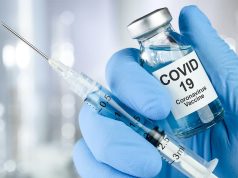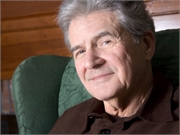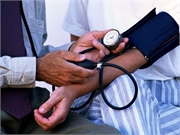ASN: Vitamin D, Omega-3 Do Not Benefit Kidney Health in T2DM
eGFR did not significantly change with supplementation versus placebo in patients with type 2 diabetes
Lenalidomide Delays Progression in Smoldering Multiple Myeloma
Progression-free survival significantly longer with lenalidomide compared with observation
PSA Levels No Different With Exposure to Antidiabetes Meds
Regardless of PSA levels triggering biopsy, no difference in prostate cancer detection at biopsy
Tx Choice for T2DM in Obese Teens Tied to Later Kidney Disease Risk
Odds of diabetic kidney disease higher in obese teens receiving medical therapy versus bariatric surgery for T2DM
Ibuprofen Does Not Increase Postpartum Blood Pressure
NSAIDs do not up postpartum BP in women with hypertensive disorders of pregnancy and mild HTN
Few Eligible Patients Receive Rx for Weight-Loss Medications
Women, black patients, those in higher BMI classes have higher prescription rates
Poll: Many Seniors Do Not Follow Instructions Related to Antibiotics
65 percent of those with leftover medication report keeping it, mainly in case of another infection
Low-Intensity Warfarin Not Noninferior in Hip, Knee Surgery
Noninferiority not found compared with standard-intensity prophylaxis with hip or knee arthroplasty
Number of Cancer Patients Using Gabapentinoids Up Since 2005
Authors say more long-term studies of risks, efficacy of gabapentinoids needed
Effect of Legislation on School Vaccination Rates May Be Limited
By 2027, CA exemption rate set to stabilize at 1.87 percent with SB277, drop to 1.41 percent with SB276



















